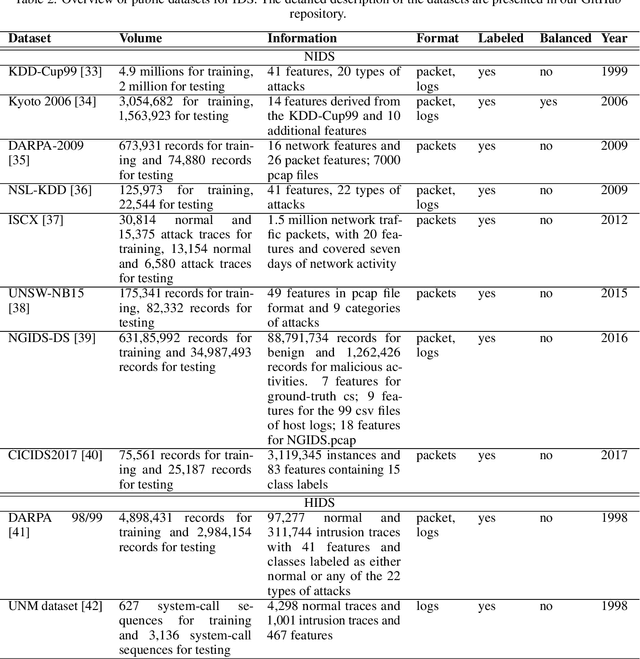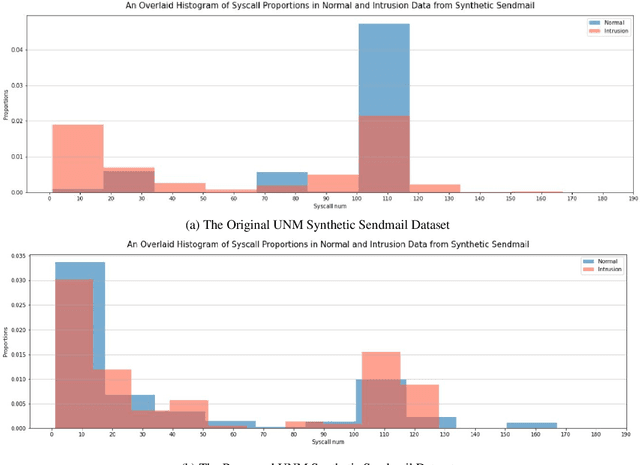Data Curation and Quality Assurance for Machine Learning-based Cyber Intrusion Detection
Paper and Code
May 20, 2021



Intrusion detection is an essential task in the cyber threat environment. Machine learning and deep learning techniques have been applied for intrusion detection. However, most of the existing research focuses on the model work but ignores the fact that poor data quality has a direct impact on the performance of a machine learning system. More attention should be paid to the data work when building a machine learning-based intrusion detection system. This article first summarizes existing machine learning-based intrusion detection systems and the datasets used for building these systems. Then the data preparation workflow and quality requirements for intrusion detection are discussed. To figure out how data and models affect machine learning performance, we conducted experiments on 11 HIDS datasets using seven machine learning models and three deep learning models. The experimental results show that BERT and GPT were the best algorithms for HIDS on all of the datasets. However, the performance on different datasets varies, indicating the differences between the data quality of these datasets. We then evaluate the data quality of the 11 datasets based on quality dimensions proposed in this paper to determine the best characteristics that a HIDS dataset should possess in order to yield the best possible result. This research initiates a data quality perspective for researchers and practitioners to improve the performance of machine learning-based intrusion detection.
 Add to Chrome
Add to Chrome Add to Firefox
Add to Firefox Add to Edge
Add to Edge